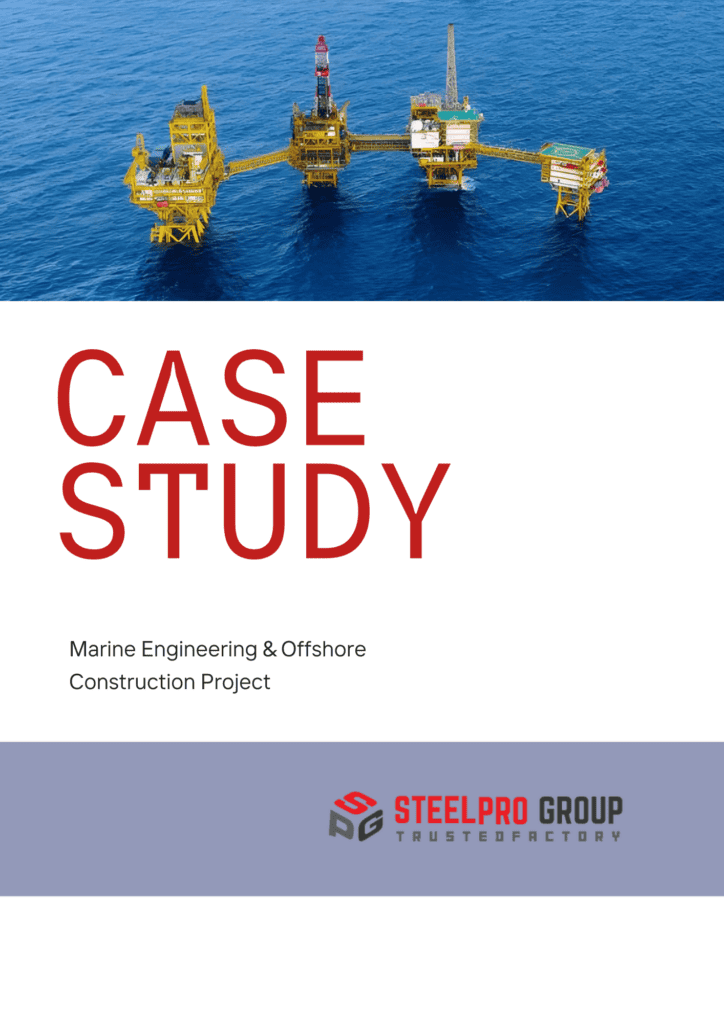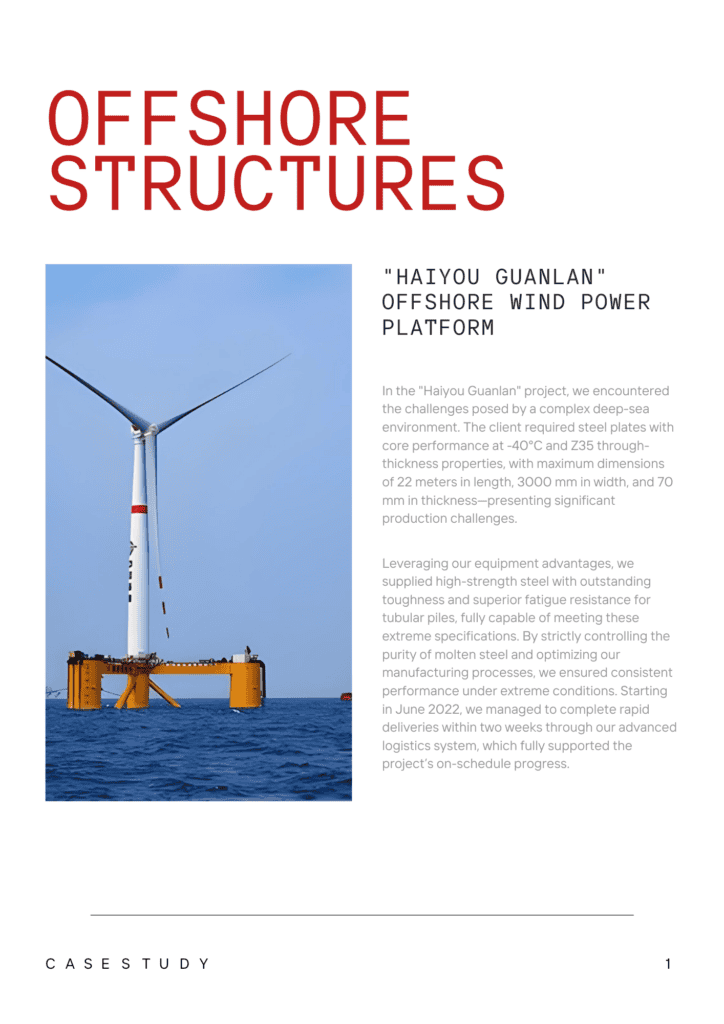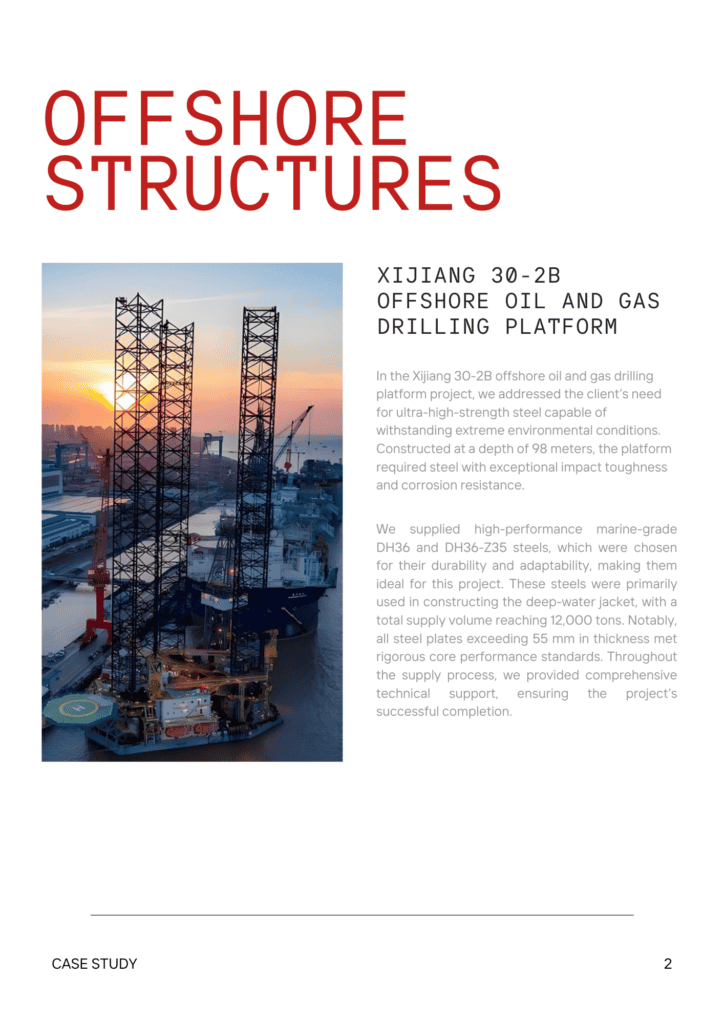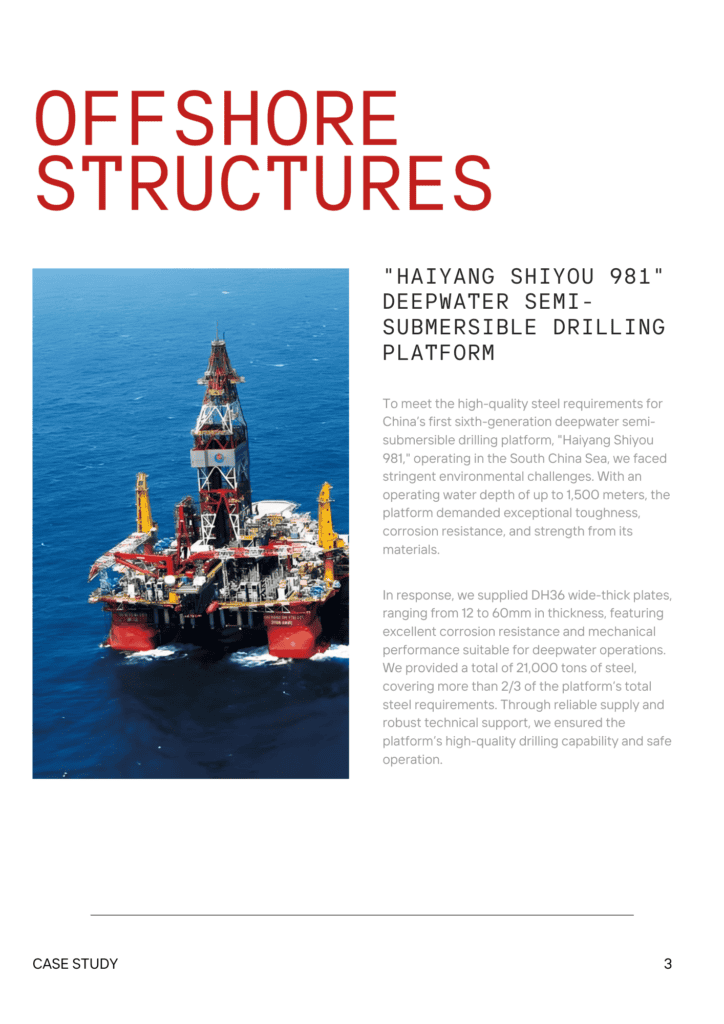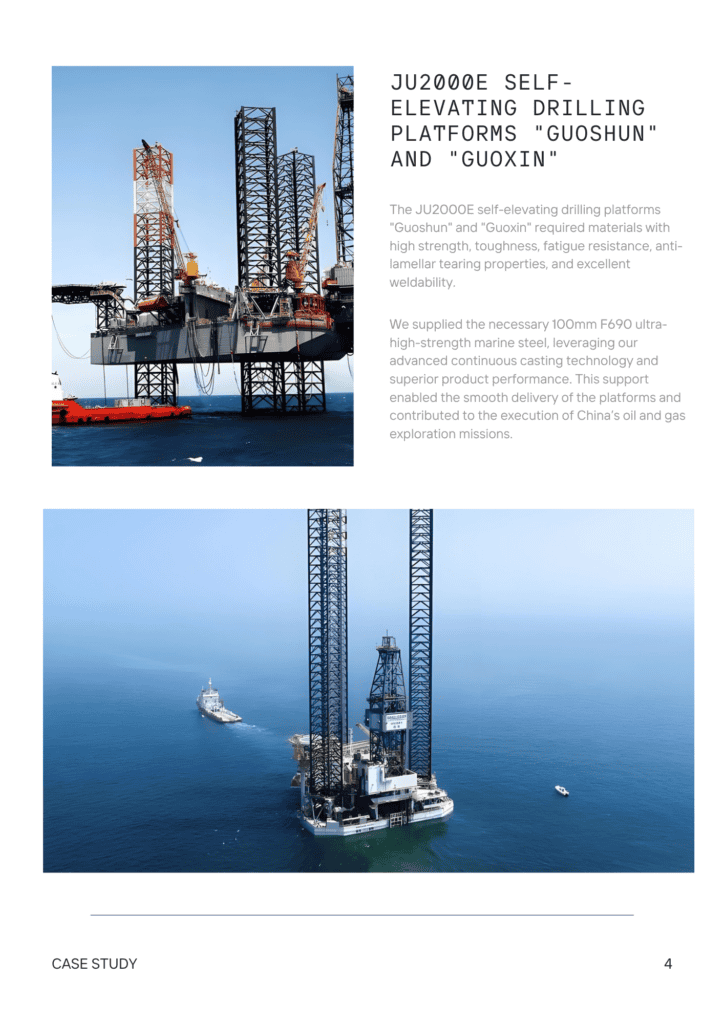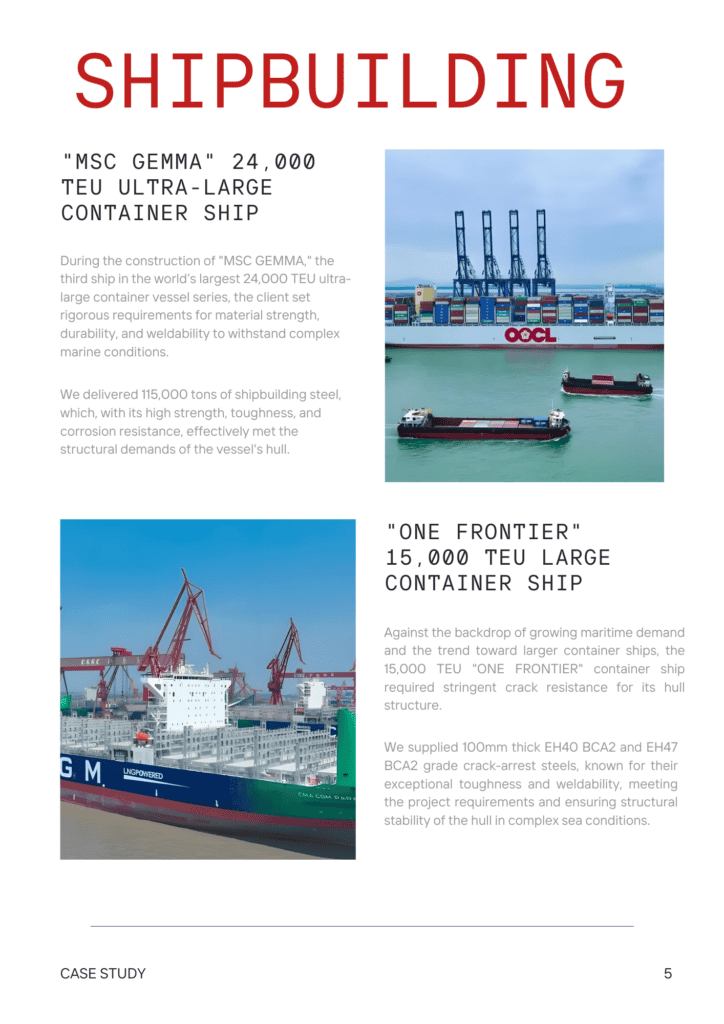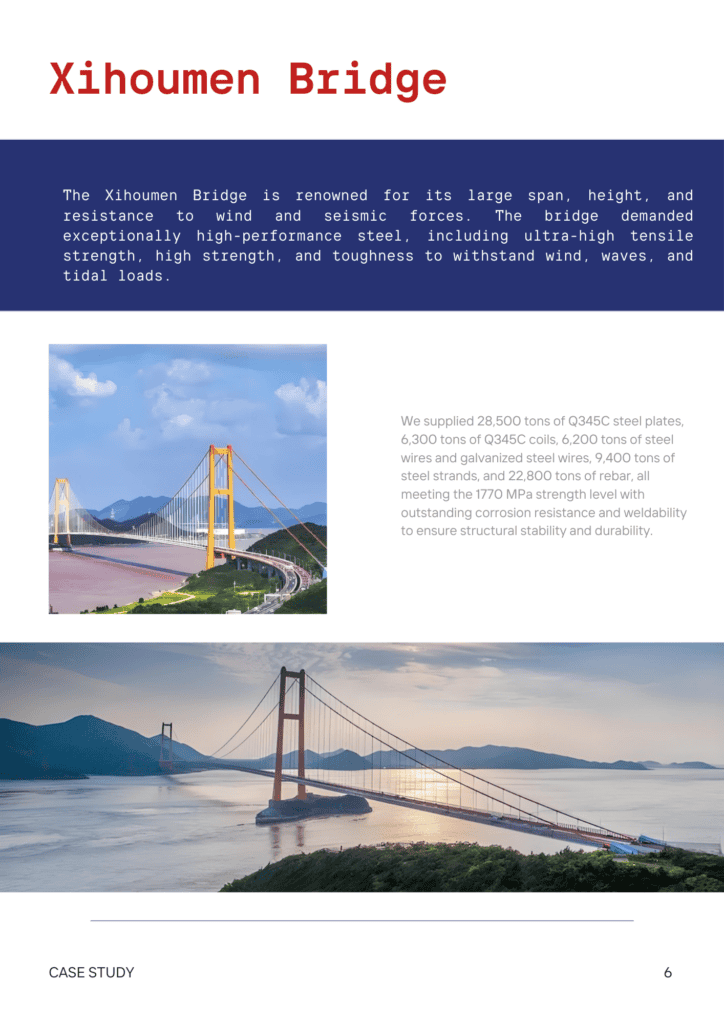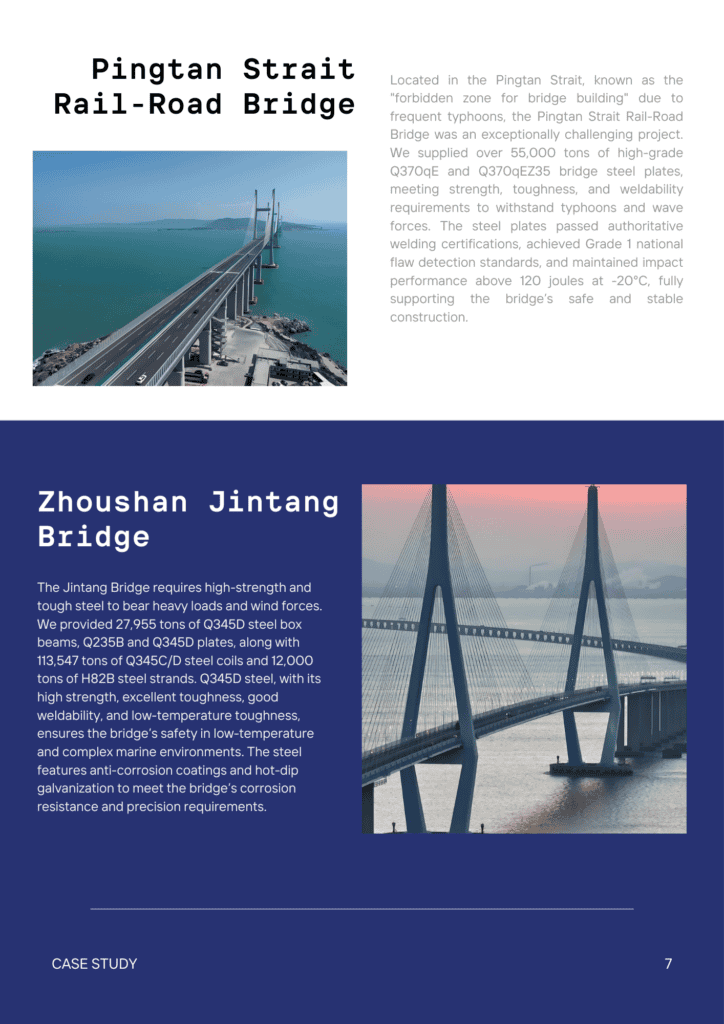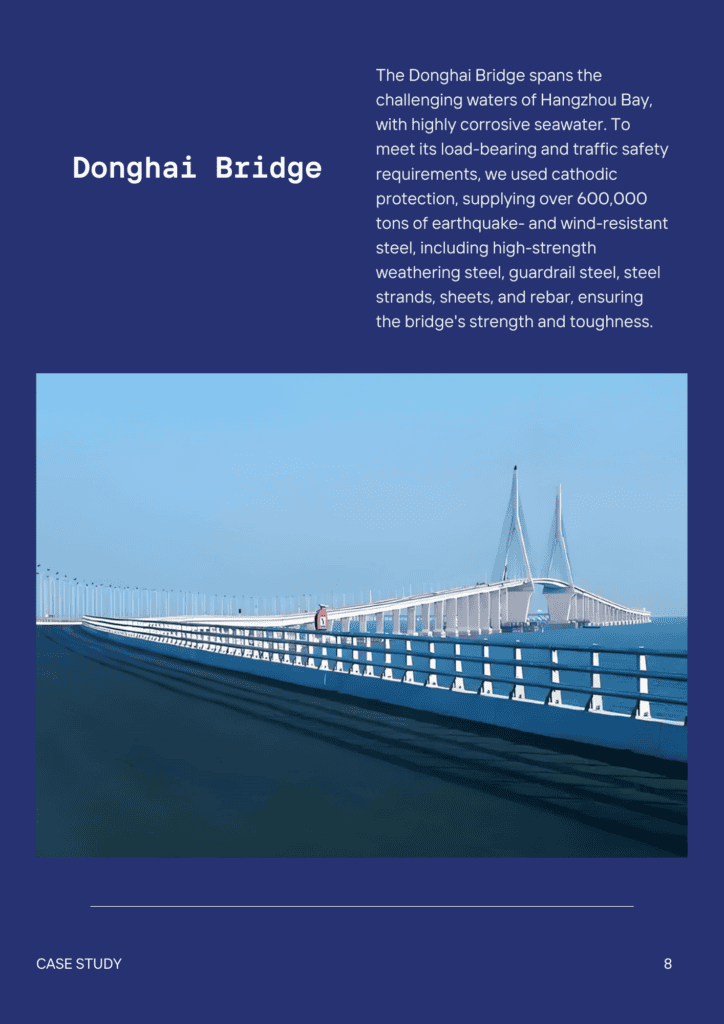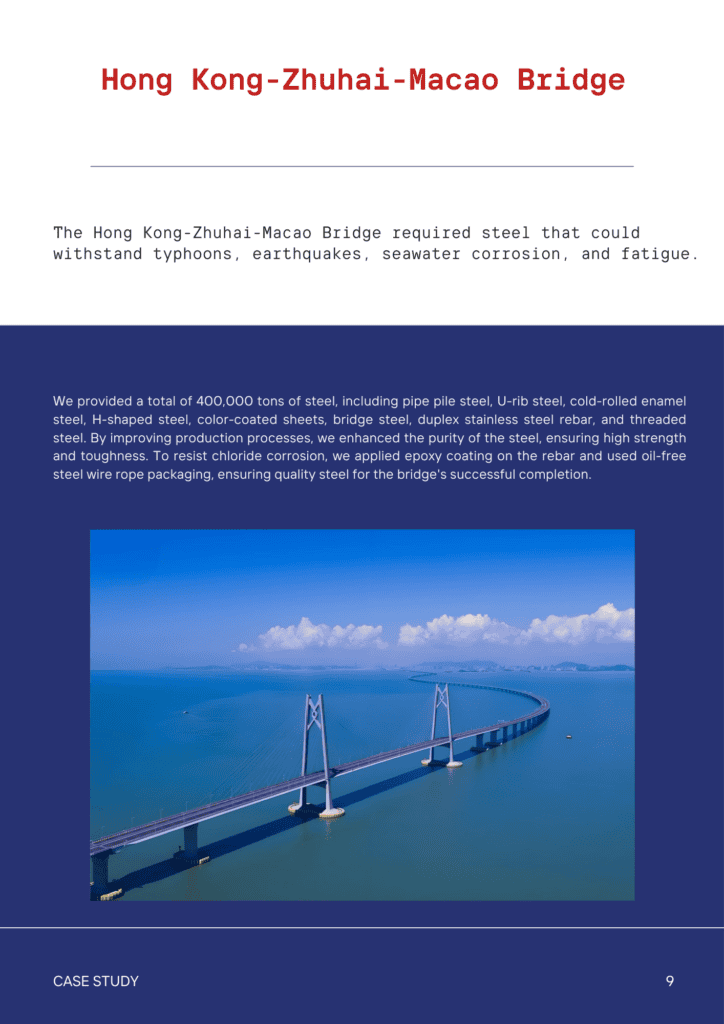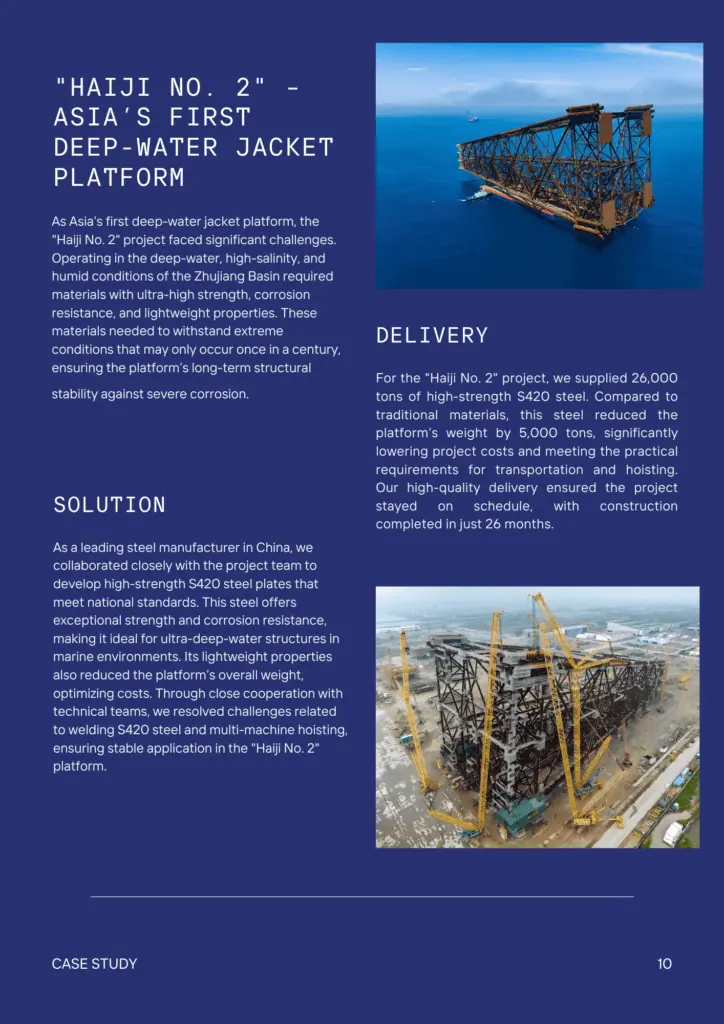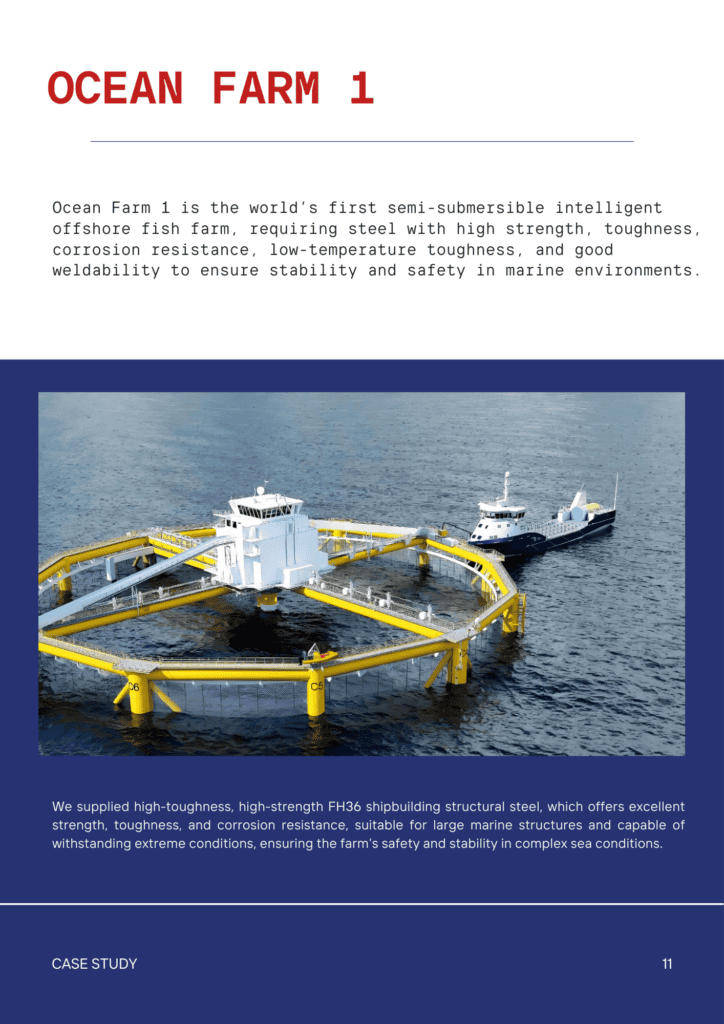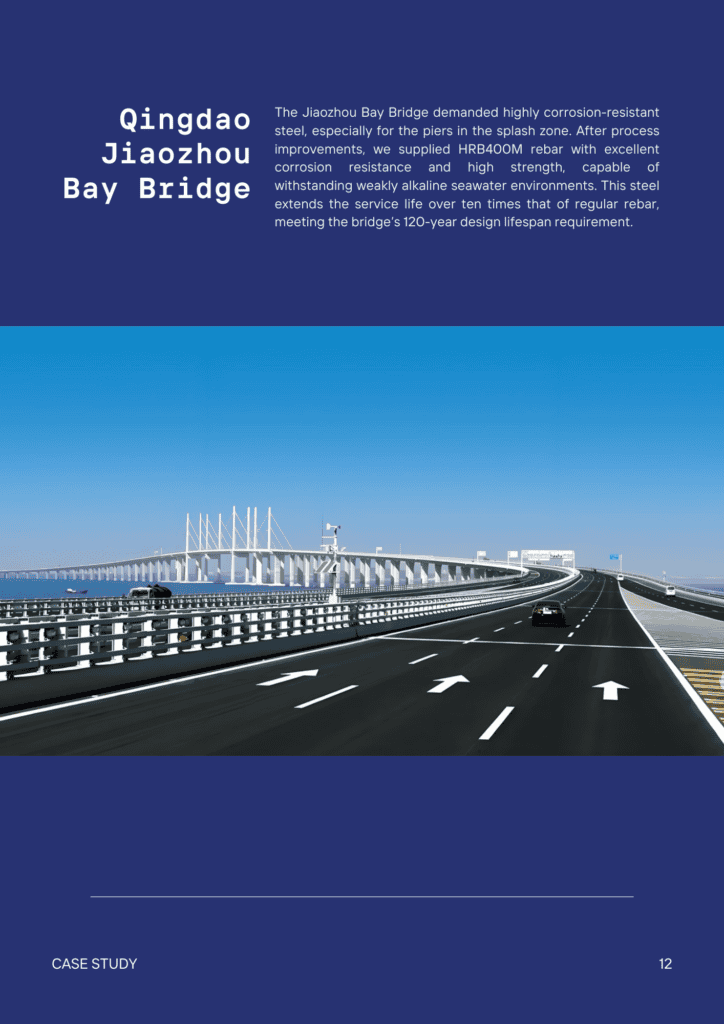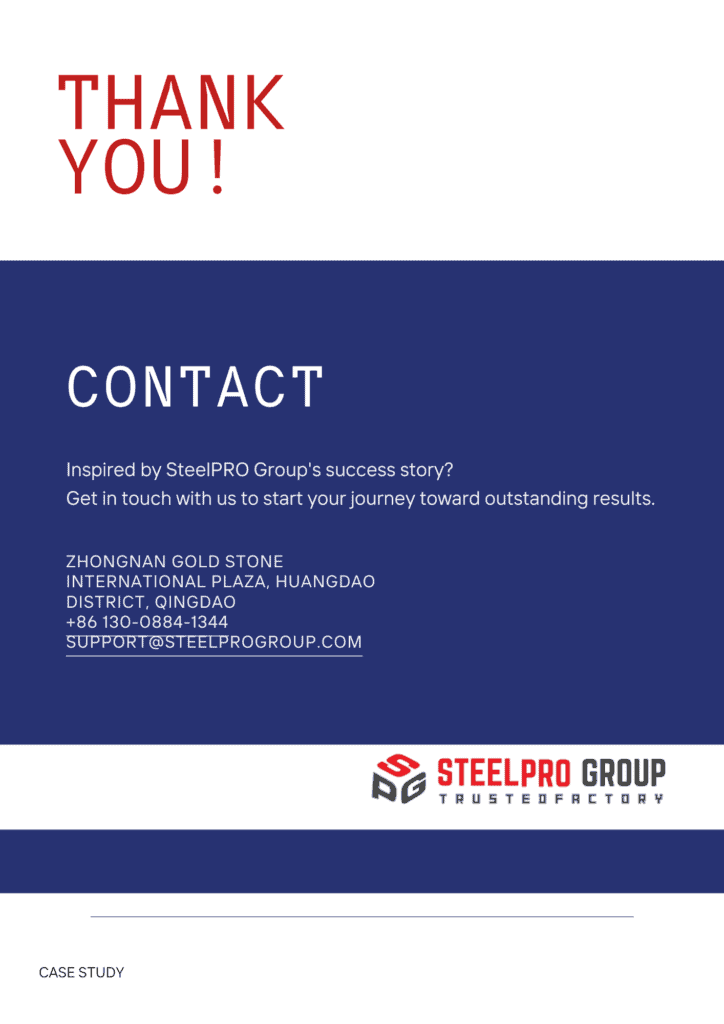Contents
S7 Tool Steel vs 4140: Comparison and Uses
- John
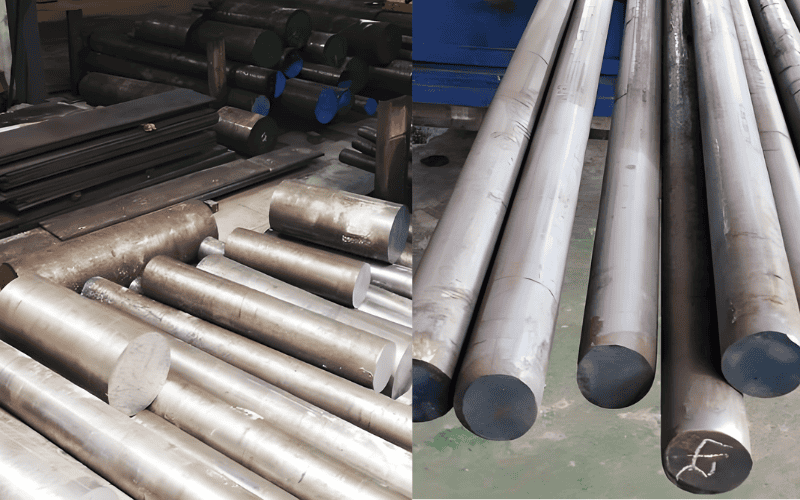
S7 tool steel, known for its hardness and wear resistance, is a high carbon, high chromium alloy, ideal for applications requiring a sharp edge, such as cutting tools and dies. Conversely, 4140 alloy steel, a chromium-molybdenum alloy, excels in applications needing a balance of strength, toughness, and weldability, such as gears and structural components.
At SteelPro Group, we are a global supplier committed to providing the precise materials you need, including S7 tool steel and 4140 steel, along with expert consultation and reliable delivery.
Key Differences Between S7 Tool Steel And 4140
This table highlights the key differences between S7 tool steel and 4140 alloy steel, helping you choose the right material based on specific performance needs.
| Property | S7 Tool Steel | 4140 Alloy Steel |
| Hardness (Max HRC) | Up to 58 HRC after tempering | Up to 50 HRC after tempering |
| Toughness | Very high, even at high hardness | High, suitable for structural parts |
| Impact Resistance | Excellent for high-shock applications | Good for moderate-shock applications |
| Wear Resistance | Moderate, better than 4140 | Moderate, suitable for general use |
| Machinability | Fair, difficult when hardened | Good, easier in annealed condition |
| Heat Treatment | Air-hardening, minimal distortion | Oil-quenching, moderate distortion |
| Applications | Punches, dies, and high-impact tools | Shafts, gears, and machinery parts |
| Cost | Higher due to alloy content | Lower, widely available |
For those seeking a quick answer on which material to choose, SteelPro Group recommends:
- Choose S7 tool steel for applications requiring high impact resistance and toughness, especially in tooling.
- Choose 4140 alloy steel for general-purpose structural and mechanical applications where strength, toughness, and machinability are needed at a lower cost.
S7 vs 4140 Chemical Composition
S7 tool steel contains higher levels of silicon and chromium compared to 4140 alloy steel, which enhance its shock resistance and wear resistance, making it ideal for high-impact tools. The increased silicon also improves hardness retention at elevated temperatures.
On the other hand, 4140 has a balanced mix of chromium and molybdenum, providing good toughness and hardenability, with lower carbon content for better ductility and machinability.
| Element | S7 Tool Steel Content (%) | 4140 Steel Content (%) |
| Carbon (C) | 0.5 | 0.38 – 0.43 |
| Manganese (Mn) | 1 | 0.75 – 1.0 |
| Chromium (Cr) | 5.25 | 0.80 – 1.1 |
| Molybdenum (Mo) | 1.1 | 0.15 – 0.25 |
| Vanadium (V) | 0.5 | – |
| Silicon (Si) | 0.3 | 0.15 – 0.30 |
| Phosphorus (P) | 0.03 | ≤ 0.035 |
| Sulfur (S) | 0.03 | ≤ 0.040 |
Properties of S7 Tool Steel vs 4140
Hardness
S7 tool steel outperforms 4140 in hardness due to its higher silicon and chromium content. It can achieve hardness up to 58 HRC, ideal for high-wear tools such as cutting tools and dies.
4140 reaches around 50 HRC, which is sufficient for general applications but limits its wear resistance in demanding environments.
Toughness
The silicon and chromium in S7 improve shock resistance, making it highly effective for impact tools like punches and extrusion dies.
4140 lacks these elements and is more prone to cracking under sudden shocks, limiting its use to less demanding applications such as shafts and gears that experience steady, moderate stress.
Wear Resistance
S7 provides better wear resistance thanks to its alloying elements that enhance surface durability.
4140 has moderate wear resistance but is not as suitable for high-abrasion environments, making it more appropriate for structural components and machinery parts.
Machinability
4140’s lower hardness and simpler alloying elements make it easier to machine, offering better efficiency in producing shafts or gears.
S7, with its higher hardness, is more challenging to machine, especially in hardened forms, requiring more advanced equipment and processes.
Heat Treat Stability
S7’s air-hardening properties minimize distortion, making it ideal for high-precision tools.
4140, being oil-quenched, is more prone to distortion during the quenching process, which can affect the final shape of complex parts.
Cost
The simpler composition of 4140 leads to a lower cost, making it a more economical choice for structural and mechanical components.
S7’s higher alloy content and specialized properties make it more expensive, suited for tools that demand higher performance.
S7 And 4140 Steel Different Applications
While S7 is preferred for applications that demand exceptional hardness and impact resistance, 4140 offers a versatile and cost-effective solution for components requiring good strength and durability without the extreme demands of high-impact environments.
S7 Tool Steel Uses
- Cold work dies and molds
- Punches and chisels for forming
- Forging dies and hammers
- Extrusion dies for aluminum
- Cutting tools in heavy-duty processes
4140 Steel Uses
- Shafts and gears in machinery
- Axles and spindles in automotive
- Fasteners (bolts, nuts) in structural components
- Tooling for general manufacturing
- Frame components and supports in construction
Expert Solutions for S7 and 4140 Steel Needs
Whether you need the extreme toughness of S7 tool steel or the versatility of 4140 alloy steel, we are here to provide expert guidance and high-quality materials tailored to your specific needs.
Reach out to SteelPro Group for expert advice and premium materials tailored to your needs. Let’s collaborate on finding the ideal solution that delivers performance and value.



